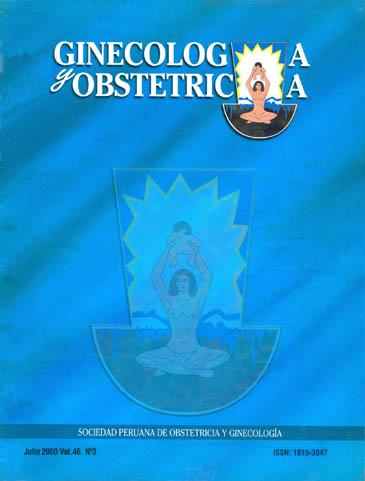Fetal growth retardation
DOI:
https://doi.org/10.31403/rpgo.v46i1421Abstract
OBJECTIVE: To determine the incidence and maternal characteristics, birth and neonatal delayed asymmetrical and symmetrical growth. MATERIALS AND METHODS: A descriptive, retrospective study of 396 live births with fetal growth retardation (RCF). RESULTS: The annual incidence was 10.1%, with asymmetrical 242 (61.1%) and symmetrical 154 (38.9%). In single mothers it was higher asymmetrical and cohabitants, symmetrical. There was adequate prenatal care in 71.7%. There were no differences between anthropometric measures, weight gain and maternal hemoglobin between the two types. Preeclampsia, urinary tract infection, premature rupture of membranes, previous cesarean section, premature birth and multiple pregnancy were associated pathologies more frequent, taking the last two significant relationship with symmetrical delay. The fetal malformations represented 4.5% and 4.1% in infants with symmetrical and asymmetrical, respectively delay. Caesarean section accounted for 34.3%, with no difference between the two types. Infants under 1000 g were mostly symmetrical significantly. CONCLUSIONS: Preterm newborn, the neonatal respiratory morbidity and mortality were significantly higher in the symmetric. The mortality rate was 3.55 / 1000 live births.Downloads
Download data is not yet available.
Downloads
Published
2015-07-18
How to Cite
Mere, J., Jefferson, L., Bao, V., & Iza, J. (2015). Fetal growth retardation. The Peruvian Journal of Gynecology and Obstetrics, 46(3), 249–257. https://doi.org/10.31403/rpgo.v46i1421
Issue
Section
Artículos Originales
















